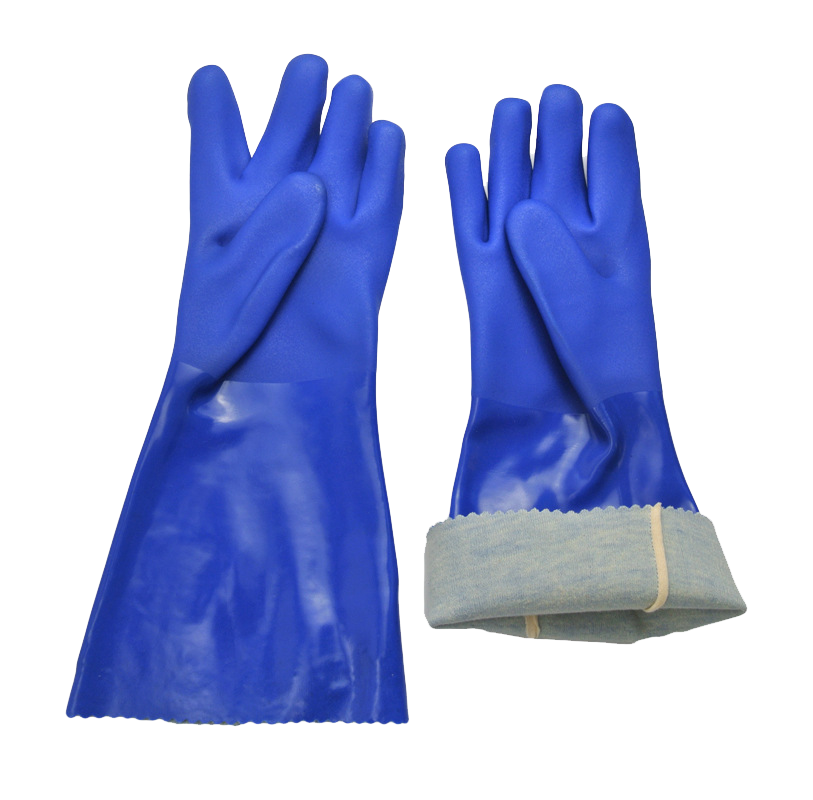Analysis on the Solution to Stiff Work Gloves
Work gloves are essential for providing protection and comfort in various industries, but sometimes users may encounter the issue of stiffness in their gloves. Stiffness can hinder dexterity, reduce flexibility, and impact overall performance. Understanding the potential causes and implementing effective solutions is crucial to ensuring that work gloves remain functional and comfortable. Here is an analysis of possible solutions to address the stiffness of work gloves:

**1. Material Selection:
The choice of glove material plays a significant role in addressing stiffness. Opting for flexible and supple materials, such as certain types of leather, nylon, or spandex, can enhance glove flexibility. These materials allow for better hand movement without compromising protection.
**2. Proper Sizing:
Ill-fitting gloves can contribute to stiffness. Ensuring that users have the correct glove size is essential. Gloves that are too tight restrict movement, while overly large gloves may cause unnecessary bulkiness. Regularly measuring and providing the right glove size can significantly improve comfort and flexibility.
**3. Pre-use Conditioning:
Some glove materials may initially be stiff but can be conditioned to become more flexible. Pre-use conditioning involves flexing and manipulating the gloves to break in the material. This process helps the gloves adapt to the user's hand shape, reducing stiffness over time.
**4. Moisture Management:
Dryness can contribute to stiffness in certain glove materials. Using gloves with moisture-wicking properties or applying a small amount of moisturizer to the interior can help keep the hands hydrated, enhancing the flexibility of the gloves.
**5. Specialized Coatings:
Consideration of specialized coatings, such as those with added polymers or silicone, can contribute to reducing stiffness. These coatings are designed to maintain flexibility while providing additional grip and protection.
**6. Ergonomic Design:
Manufacturers are increasingly incorporating ergonomic design principles into glove construction. Gloves with articulated fingers, pre-curved shapes, and flexibility zones offer better hand movement and reduce stiffness, especially during repetitive tasks.
**7. Regular Maintenance:
Work gloves, especially those exposed to harsh conditions, benefit from regular maintenance. Cleaning and conditioning the gloves according to manufacturer guidelines can prevent stiffness caused by dirt, debris, or dried-out materials.
**8. Testing and Feedback:
Regular testing and seeking user feedback are essential in identifying and addressing stiffness issues. Collecting insights from workers who regularly use the gloves can help manufacturers refine designs and materials to enhance overall user experience.
In conclusion, addressing the stiffness of work gloves requires a multifaceted approach. It involves selecting appropriate materials, ensuring proper sizing, pre-conditioning, managing moisture, exploring specialized coatings, embracing ergonomic design, regular maintenance, and incorporating user feedback into the design process. By implementing these solutions, users can enjoy work gloves that strike the right balance between protection and flexibility.


